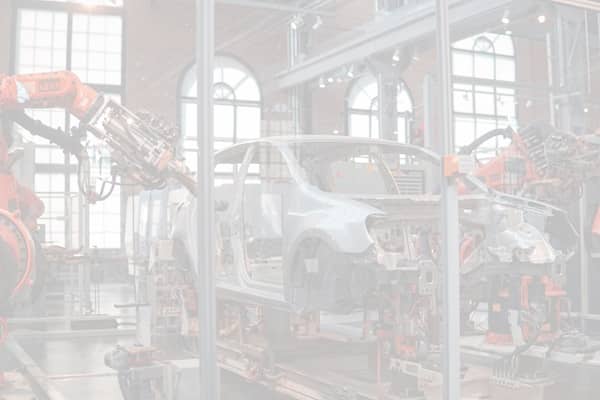Prioritizing Safety in the Automotive Industry

The automotive industry is both dynamic and demanding, characterized by rapid advancements and inherent risks. Whether working as a mechanic, auto body technician, or on an assembly line, ensuring safety is paramount. Personal Protective Equipment (PPE) plays a crucial role in safeguarding workers from the everyday hazards of this challenging environment.
Recognizing the Risks in the Auto Industry
The automotive industry presents a range of potential dangers, from sharp tools and heavy machinery to exposure to volatile chemicals and high-noise environments. Understanding these risks is the first step in preventing workplace injuries and fostering a safe work environment.
The Critical Role of PPE in Risk Mitigation
PPE is a vital line of defense against workplace hazards, offering both protection and peace of mind for automotive professionals. Below is an overview of the essential PPE that every auto worker should incorporate into their safety routine.
Black Nitrile Gloves: Essential Hand Protection
Black nitrile gloves are indispensable in the automotive sector, providing a robust barrier against chemicals while offering a reliable grip. Their durability surpasses that of latex gloves, and they are particularly effective at resisting punctures, making them ideal for handling greasy or oily components. Additionally, these gloves help prevent direct contact with harmful substances, further protecting the worker’s hands.
Goggles: Crucial for Eye Safety
In environments where sparks, debris, and chemical splashes are common, eye protection is critical. Goggles protect against eye injuries and ensure clear vision during tasks such as grinding, cutting, or chemical handling, making them an essential piece of PPE in the automotive industry.
Safety Boots: Foundation of Protection
Safety boots provide necessary protection for the feet, guarding against heavy falling objects and reducing the risk of slips. Their traction and durability are vital in settings with heavy machinery and moving vehicles, ensuring safety from the ground up.
Ear Protection: Safeguarding Hearing in Noisy Workspaces
The automotive industry often operates in loud environments that pose a risk to workers’ hearing. Ear protection, such as earplugs or earmuffs, is crucial for reducing harmful noise levels while still allowing for effective communication. This helps preserve hearing and prevents long-term damage.
Respirators and Masks: Ensuring Clean Air
Respirators and masks are essential for protecting against respiratory hazards in environments with harmful fumes and dust. They are particularly important during tasks like painting, sanding, or working with volatile chemicals, ensuring that workers can breathe safely.
Also read: Best Practices for Ensuring Network Security
The Comprehensive Role of PPE in Automotive Safety
Beyond the general use of PPE, selecting the right equipment for specific tasks is crucial. Disposable black nitrile gloves, in particular, play a vital role in both protection and functionality. Ensuring that the correct PPE is used and properly maintained is key to sustaining safety in the workplace.
Assessing Workplace Hazards: Knowledge is Power
Regularly assessing workplace hazards is fundamental to effective safety management. Identifying potential dangers allows for the appropriate use of PPE, such as black nitrile gloves, to mitigate risks and maintain a safe environment.
PPE Maintenance: Ensuring Reliability
Maintaining PPE is essential for its continued effectiveness. Regular inspections and timely replacements of worn or damaged gear—including black nitrile gloves, goggles, and respirators—are critical to preserving a safe working environment.
Training and Education: Building a Foundation of Safety
Continuous training on the correct use of PPE is vital. Workers need to be well-informed about safety protocols and the latest protective equipment available. Regular training sessions ensure that everyone knows how to use PPE effectively and safely.
Leadership in Safety: Setting the Standard
A strong culture of safety starts with leadership. By consistently using PPE and adhering to safety guidelines, leaders set a positive example for others. Encouraging open communication about safety concerns and recognizing adherence to safety practices further reinforces a commitment to safety.
Conclusion: Advancing Toward a Safer Automotive Industry
Safety in the automotive industry is a collective responsibility. By prioritizing the use of PPE—such as black nitrile gloves—and cultivating a safety-first culture, we can significantly reduce the risk of injuries and foster a safer working environment. This guide outlines the essential PPE and best practices that contribute to maintaining safety in the automotive industry.


